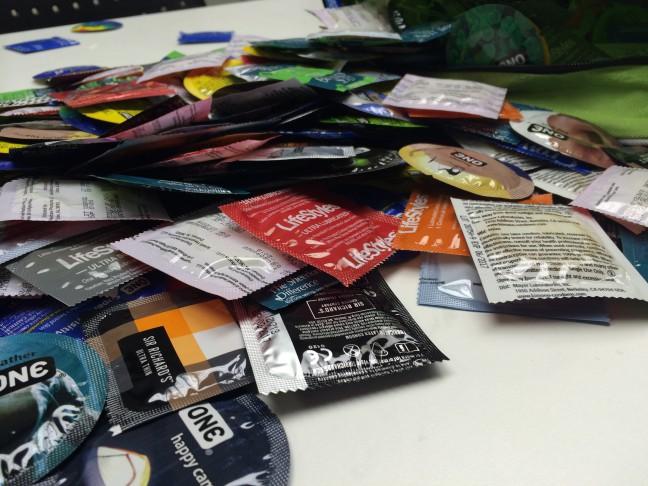Along with earlobes, eyebrows and noses, plenty of folks choose to pierce their genitals for a multitude of reasons. Apart from representing unique sexual expression, genital piercings have the potential to provide additional stimulation or sensation.
When placed on sensitive genital areas, piercings create fresh feelings from the cold metal or hardness contrasting with the soft tissues. Certain piercing locations create potential to access nerve endings and maximize pleasure. Folks involved in BDSM find the weight and aesthetic of genital piercings conducive to plenty of kinky activities as well.
In addition, as with any other piercing or tattoo, genital piercings may be selected for their decorative and aesthetic values. From simple studs to stretched “Prince Albert” piercings to diamond-encrusted clits, genital piercings include a wide range of styles.
Planning a piercing
Research reveals few major health issues associated with genital piercings. Though some studies suggest genital piercings may lead to increased risk for passing along HIV, Hepatitis B and C and STIs, 2011 research found no relationship between these conditions and genital piercings. Stigma associated with genital piercings arises mainly from the location of the jewelry rather than actual risk.
Under no circumstances, though, should one attempt self-piercing or sharing of needles. Perform research and locate an experienced professional who follows the Infection Control Guidelines for body piercing — including washing hands before donning gloves or handling equipment, using brand new sterilized needles and avoiding piercing guns with fixed parts that cannot be disposed of once they make contact with the body.
One should also consider not all bodies work well with all piercings. Often, one must evaluate the amount of flesh available before seeking a genital piercing. For example, those who wish to obtain clitoral hood piercings must perform the Q-tip test by carefully inserting a Q-tip into the clitoral hood. If the Q-tip comfortably fits under the hood along with the clitoris, there is ample room for a clitoral hood piercing.
The area to be pierced is first treated with an antiseptic to prevent infection, and then kept taut (occasionally using forceps) so the needle can pass smoothly through tissue. The jewelry of choice is then passed through the opening. Upon removal of jewelry, genital piercings tend to close quickly compared to other types of piercings. If the jewelry must be removed, a temporary spacer may be used to ensure that the piercing does not close.
Types of Piercings


Post-piercing care
Following a genital piercing, the area must be cleaned at least twice daily with diluted saline solution, soap and water. Genital piercings should also be cleaned thoroughly after sexual activity. For the first one to three days, small amounts of bleeding may occur, especially with penis piercings. Barrier methods such as condoms and sex dams are particularly important during the healing period, which can last anywhere from a few weeks to months. Many piercers may ask that the bearer abstain from sexual activity altogether.
Fortunately, genital piercings often heal faster than piercings performed on other parts of the body due to increased blood flow to the area. Condoms with additional space in the tip (such as ONE brand’s Pleasure Plus or Pleasure Dome condoms) accommodate jewelry and prevent the pierced region from getting infected. When the piercing site is no longer sensitive, gentle sexual activity may be resumed. As with all body piercings, avoid swimming pools and hot tubs for at least two to four weeks. Various piercing parlors may have different guidelines for piercing aftercare, so be sure to follow instructions carefully to achieve maximum piercing pleasure potential.














